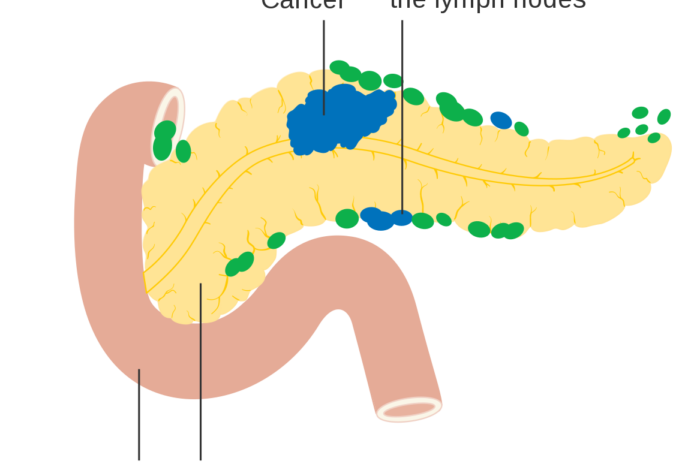Hypokalemia

[title size=”2″]What Is Hypokalemia?[/title]
Hypokalemia is a term used when a person has a low level of potassium in their blood. Low potassium levels can cause weakness, fatigue, muscle cramps and even in worse cases an abnormal heartbeat. In some cases, a potassium level can get so low that medical attention is required.
According to the Mayo Clinic website: “Normally, your blood potassium level is 3.6 to 5.2 millimoles per liter (mmol/L). A very low potassium level (less than 2.5 mmol/L) can be life-threatening.”
If you’re muscles are cramping up or generally hurt for no reason when you touch them, especially the calves, legs, biceps and arms.. it is possible that you have a low potassium level. Low potassium in your blood can leave you surprisingly weakened, even to the point of which you don’t feel like you have the energy to get out of bed.
Causes of potassium loss include:
- Chronic kidney disease
- Diabetic ketoacidosis
- Diarrhea
- Excessive alcohol use
- Excessive laxative use
- Excessive sweating
- Folic acid deficiency
- Diuretics
- Primary aldosteronism
- Vomiting
- Some antibiotic use
*Above List of Data from The Mayo Clinic.
It’s important to see a doctor if you are having all or some of these symptoms. Taking excessive potassium or high amounts of potassium can be damaging as well.
Below is some information from Healthline.com, on the symptoms based on low potassium levels which lead to Hypokalemia.
Levels below 3.6 are considered low, and anything below 2.5 mmol/L is life-threateningly low, according to the Mayo Clinic. At these levels, there may be signs and symptoms of:
- paralysis
- respiratory failure
- breakdown of muscle tissue
- ileus (lazy bowels)
In more severe cases, abnormal rhythms may occur. This is most common in people who take digitalis medications (digoxin) or have irregular heart rhythm conditions such as:
- fibrillation, atrial or ventricular
- tachycardia (heartbeat too fast)
- bradycardia (heartbeat too slow)
- premature heartbeats
Other symptoms include loss of appetite, nausea, and vomiting.
What Are Foods High in Potassium?
For information on foods high in potassium, see this page.
[title size=”2″]How to Treat Low Potassium[/title]
When you have low potassium it is likely that your doctor is going to prescribe you begin taking potassium supplements and increase your potassium intake through your food. Another thing that your family physician is likely to suggest is including things like pedialyte or sports drinks in your diet.
These types of drinks are made to replenish your electrolytes including potassium. You can also try eating a better diet of high potassium foods. Here is a list.




Leave a Comment